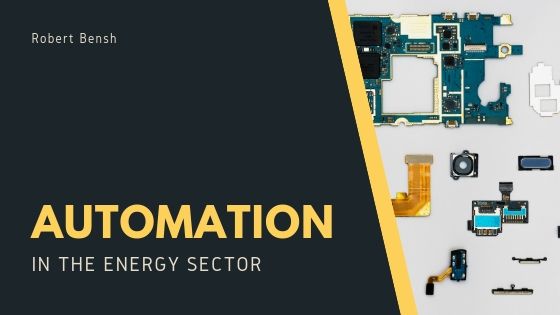Artificial intelligence and automation are transforming the energy sector, especially when it comes to Robotics Process Automation (RPA) bots. These bots are capable of completing rules-based and repetitive tasks. They use the same User Interface or interact with applications, the same way that a person would. Automation offers extensive potential to improve efficiency while cutting costs. According to a recent report, the energy sector could save between $127 billion and $813 billion over the next three years by implementing intelligent automation.
Where Can Automation Be Implemented?
Automation can be integrated into a wide variety of processes. AI is capable of handling basic daily tasks such as reporting, securing file transfers, auditing, and archiving. Automation can also handle gathering, analyzing, and compiling data on weather changes and sources of renewable energy. Europe’s largest green energy producer, Statkraft, uses automation to collect data and predict demand and pricing. Automation will help reduce costs and eliminate the need for human employees to waste time with repetitive and administrative tasks. People will be freer to put their efforts toward more skilled work.
Automation is Underutilized
Despite its potential, automation in the energy sector is underestimated and therefore not utilized to the extent that it could be. Most business leaders don’t view large-scale automation projects as a priority. Only 23% of energy companies in the US are implementing intelligence automation initiatives. Some view automation as too complex and futuristic of a process to be worth adding. This simply is not the case. Soon artificial intelligence and automation will become the industry standard.
Best Practices for Integrating Automation
To successfully add automation, energy companies need to flip their current approach. Instead of trying to force automation to fit their current processes, they need to develop new structures with automation in mind. After all, automation is too advanced and unique to follow an outdated framework.
The technology should not be an afterthought, but a guiding force. In order to install automation, the company must make it easy to connect and share data, as well as manage a variety of systems. Automation should be able to give businesses a central point of control over all operations. This makes it far easier to add and integrate new technologies, processes, and applications. The benefits of implementing artificial intelligence and automation far outweigh the costs.

